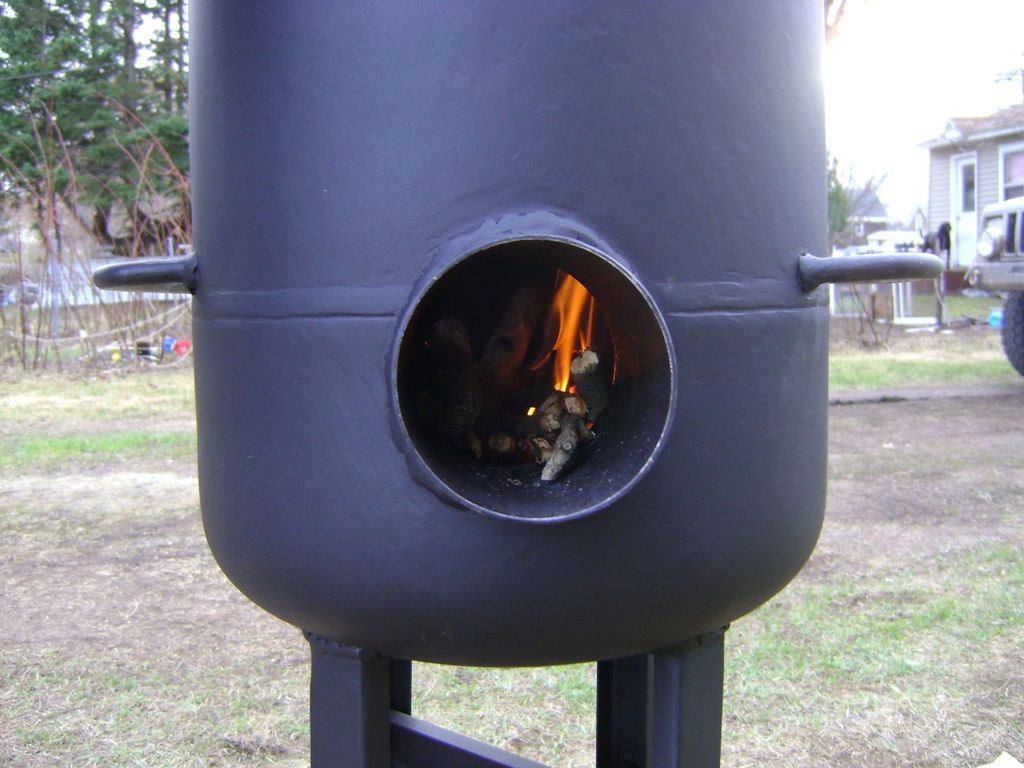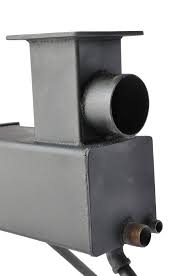 Some of the best technology that has surfaced in recent years to address both climate change and peak oil comes from very basic scientific applications that existed in the era before we discovered how to use fossil fuels such as oil gas and coal and became completely reliant on it. Such was the abundance of these fossil fuels that many forms of efficient older technologies were simply discarded so that the newer technologies could gear their design towards particular types of fossil fuel usage. However, since we are aware that oil has reached a peak in its production closely followed by gas that we use to heat and cook on in homes, there has been a need to revisit and refine some of the older efficient types of technology.
Some of the best technology that has surfaced in recent years to address both climate change and peak oil comes from very basic scientific applications that existed in the era before we discovered how to use fossil fuels such as oil gas and coal and became completely reliant on it. Such was the abundance of these fossil fuels that many forms of efficient older technologies were simply discarded so that the newer technologies could gear their design towards particular types of fossil fuel usage. However, since we are aware that oil has reached a peak in its production closely followed by gas that we use to heat and cook on in homes, there has been a need to revisit and refine some of the older efficient types of technology.
Revisiting basic scientific principles for a sustainable future
This revisiting of older technologies is prevalent in the restoration and reuse of old water wheels, many of which are now generating electricity, similarly, ‘ram pumps’ are pumps which are able to pump water up hills without the use of any external power these devices along with Rocket stove technology are at the forefront of trying to move towards a low impact, low carbon future. Rocket stoves are a great example of very basic technology that are incredibly fuel efficient and emit almost no carbon whatsoever whilst they are burning. Rocket stoves work on convection, and as the walls are so heavily insulted none of the heat escapes, which results in every last bit of the heat rising up the fuel chamber, and into the chimney.
Rocket stoves in History
 Rocket stoves technology has been around in some form or other since Roman times, but the best fairly modern example of them is Argand lamp which is really a precursor to the rocket stove, which was patented in 1780. This was a major development of the traditional oil lamp which introduced a glass chimney above the flame to increase air-flow. As well as being used for lighting, this design was also used for cooking and heating water due to its ‘affording much the strongest heat without smoke’.
Rocket stoves technology has been around in some form or other since Roman times, but the best fairly modern example of them is Argand lamp which is really a precursor to the rocket stove, which was patented in 1780. This was a major development of the traditional oil lamp which introduced a glass chimney above the flame to increase air-flow. As well as being used for lighting, this design was also used for cooking and heating water due to its ‘affording much the strongest heat without smoke’.
Over two centuries on from the Argand Lamp design came what we now know as the Rocket Stove. A Rocket stove is an innovative clean and efficient cooking stove that uses small diameter wood fuel which is burned in a simple high-temperature combustion chamber containing an insulated vertical chimney which ensures complete combustion prior to the flames reaching the cooking surface. The principles were described by Dr. Larry Winiarski from Aprovecho in 1982 and stoves based on this design won Ashdon sustainable awards in both 2005 and 2006.
Modern day usage
Rocket stoves are currently used by people living in Africa and parts of Asia where they replaced the open fires that many people had previously cooked on. As a result of rocket stoves being used by these respective communities over 100,000 lives a year have been saved due to the fact that there is no smoke emissions, and therefore no toxins emitted from rocket stoves, unlike the traditional indoor open cooking fires which had cost the health and lives of so many through the continual inhalation of the toxic smokes emissions. Most of the fatalities that had resulted from the use of Smokey indoor cooking fires were women, as women were responsible for the preparation of food, and therefore had the greatest regular contact with the smoke from the fires.
There are a number of charities now operating in different areas of the globe where local people are trained to make their own stoves from locally salvaged materials, some are made from old food tins, some are made from clay, and some are made from a bricks and rocks, this has led to a much speedier proliferation of Rocket stoves and has enabled more lives to be saved in a shorter amount of time simply because of the word of mouth approach that still exists in many cultures. Rocket stoves have also become part of a developing ecological movement and are also used by people in Europe and America as a source of clean, sustainable efficient heat.
Discovering rocket stoves
I first came across rocket stoves on YouTube about three years ago whilst browsing through some permaculture video listings, the idea was to try and find something to cook on outdoors that didn’t create pollution and carbon emissions. When I found rocket stoves it was great to know that they fulfilled bother criteria, on the one hand all toxins and emissions were burnt in the intense fuel chamber, and secondly, these stoves used a fraction of the fuel that you would use on a conventional outdoor cooking fire. I basically sat in front of my PC monitor with my used tins and hand tools and made one by pausing and restarting a Rocket stove video that I had found on YouTube. Since the Rocket stove is so effective in terms of its fuel usage, rocket stove technology has been developed into what are sometimes called Rocket stove mass heaters; these heaters are indoor applications that can replace our usage of Gas and oil as our home heating source. The way these heaters work is that the heat from this ground level rocket stove travels along a flue pipe which is situated under a cob bench, as the flu pipe from the stove heats up so to does the cob bench, this heat is essentially captured by the cob bench and realised over a period of twenty four hours or more.
We will be uploading a video soon which we made last summer where show step by step footage of how to make a rocket stove from recycled materials. If any of you have made a rocket stove already, which I’m sure many of you have, please tell us about your successes and failures.
